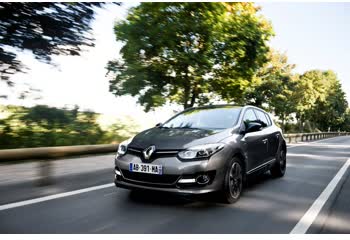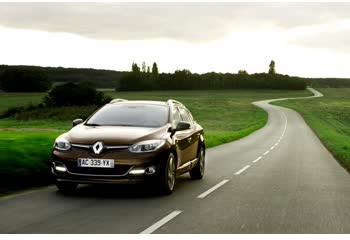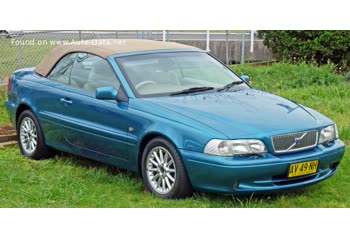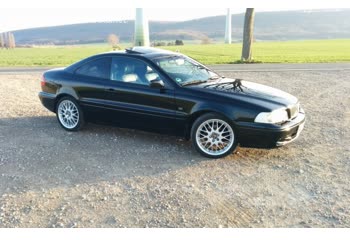Everything you need to know about specifications and performance - Renault Vel Satis Vel Satis 2001 - 2.0 T (163 Hp) Automatic

Overview:
What is the engine capacity of a Renault Vel Satis 2001?
The engine capacity of the Renault Vel Satis 2001 is 1998.
Renault Vel Satis 2001 How many horsepower?
The engine power of the Renault Vel Satis 2001 is 163 Hp @ 5000 rpm..
What is the Renault Vel Satis 2001 engine?
Renault Vel Satis 2001 engine is F4Rt. (Click to see other cars using the same engine)
How much gasoline does a Renault Vel Satis 2001 consume?
The Renault Vel Satis 2001 consumes 10.2 liters of gasoline per 100 km
What is the recommended oil for a Renault Vel Satis 2001 engine?
The recommended oil for a Renault Vel Satis 2001 car engine is 5W-30, 5W-40.
What type of camshaft transmission system is used in a Renault Vel Satis 2001 engine?
belt is used to transmit motion.
General:
Engine:
Performance:
Space:
dimensions:
Powertrain, Suspension and Brakes:
See also

Same engine. (F4Rt).
Its production began in 2014 until 2015

Same engine. (F4Rt).
Its production began in 2014 until 2015

Same production year and almost the same engine capacity.
Its production began in 2001 until 2005

Same production year and almost the same engine capacity.
Its production began in 2001 until 2002

Same production year and almost the same engine capacity.
Its production began in 2001 until 2004
Write a comment